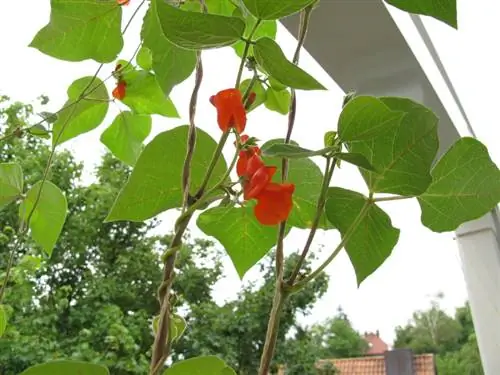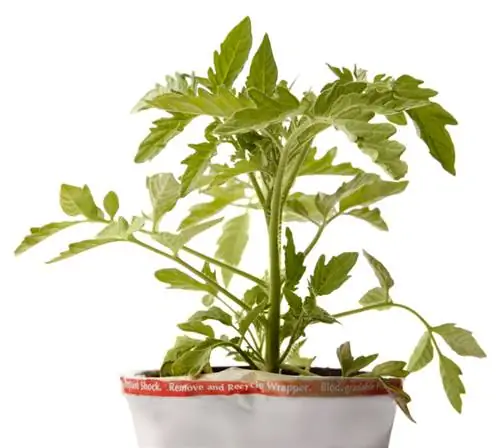- Author admin [email protected].
- Public 2023-12-16 16:46.
- Last modified 2025-01-23 11:20.
In the wild, liverworts prefer to grow on calcareous soils in sparse deciduous forests and can form entire carpets there over the course of decades. If you would like to enjoy the bluish-purple flowers in your own garden, you should imitate the natural locations as closely as possible.

How to plant liverworts in the garden?
To plant liverworts in the garden, choose a semi-shady to shady location, ideally under deciduous trees. The substrate should be humus, evenly moist and calcareous. Plant in autumn and loosen heavy soils with compost.
Where do you get suitable plants for the garden?
Since liverworts react sensitively to disturbances and are very slow to grow and reproduce, they are protected in Germany. However, many perennial nurseries offer offspring of the bluish-purple wild variety and also other color variants. When growing from seeds, it should be noted that liverworts are light and cold germinators. If the first plants have already grown well in the garden, self-sowing is preferable to dividing the sensitive plants. This is usually supported by the dispersal work of ants called myrmecochory.
Which location is optimal for the liverwort?
For even moisture without the top layer of soil drying out, liverworts should also be planted in the garden in partial shade to shade if possible. In addition, the slow-growing liverworts are less harassed by competing plants. Locations under deciduous trees should be preferred to locations under coniferous trees, as the latter can change a garden soil to an acidic pH value over time.
When to plant liverworts?
It is possible to transplant liverworts as gently as possible in autumn, as the sensitive roots are less likely to dry out. If liverworts are transplanted during the flowering period, the flowers should be removed to benefit the plants' energy balance.
How are liverworts propagated?
Since it takes quite a long time after dividing older liverwort plants until they have recovered from this procedure, propagation by self-sowing is preferable. In a suitable location, ants ensure appropriate dispersal because the nature of the seeds makes them attractive to the ants as food.
What should the ideal substrate for liverworts be like?
Liverworts prefer a humus-rich and evenly moist, but not waterlogged, substrate. You can loosen up heavy and clayey soils with compost (€41.00 on Amazon). Instead of fertilizer, you can use garden lime to create optimal conditions for the frugal and lime-loving liverworts.
Tips & Tricks
Children should not touch or pick liverwort flowers as they, like the leaves, are poisonous. The protoanemonin it contains can lead to the following effects in people:
- Skin Irritation
- Gastrointestinal inflammation
- Kidney inflammation
When dosed correctly, liverwort components are used as a decoction, tincture or wine to combat problems with the liver, gallbladder and kidneys.






